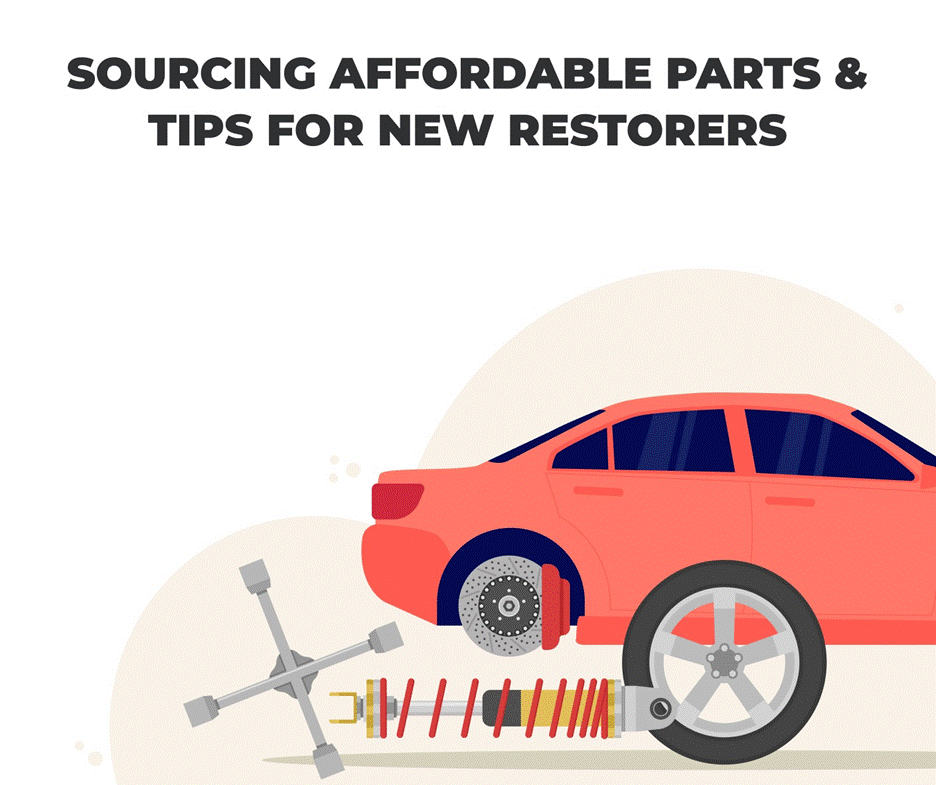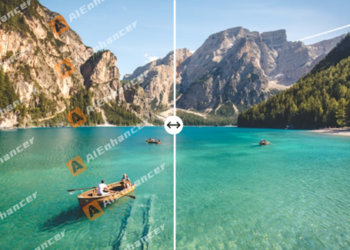Restoring a car after an accident is part detective work, part engineering, and—if you like a little irony—part digital cleanup. If you’ve ever wondered what lurks behind a vehicle’s VIN or how much unseen damage might cost you, you’re in the right place. In this article, we’ll walk you through the full process: getting a vehicle history report via VIN, diagnosing structural and mechanical issues, estimating repairs, and even options for “cleaning” the car’s past to help with resale (e.g. via BidFax).
Getting the VIN Report: Your First Clue
Before you set a wrench to anything, you need to know what you’re up against. A reliable vehicle identification number (VIN) history report is your roadmap. These reports pull from public and private databases, revealing accidents, title branding, prior owners, service records, and auction appearances.
Many online tools let you enter the VIN and receive instant data: basic specs, mileage, and flagged issues. But to see the full picture—past accidents, salvage titles, and ownership records—you’ll often need a paid report.
When examining the report, focus on:
- Major title brands (salvage, flood, rebuilt)
- Accident or damage history (dates, severity)
- Ownership changes and mileage consistency
- Auction entries or listings with photo archives
If you see a clean record, that’s a good sign—but don’t let it lull you into complacency. Not all damage shows up in databases; you still need eyes and tools on the car.
Some VIN reports draw from public registries (DMV, national title systems), others from private auction or salvage databases (like BidFax, Stat.vin, etc.). The latter is often where accident photos and auction listings linger.
Key Inspection Areas Before You Buy
Once you have the VIN report, it’s time for on-the-ground investigation. Your goal: spot damage or inconsistencies that the digital trail missed. Below are the core domains to inspect.
Structural Integrity
A vehicle might look straight—but subtle frame damage is a silent killer. Focus on seam gaps, panel alignment, door fitment, and weld or repair marks. Use straight edges, feel for irregularities in lines.
Check floor pans, firewall, and subframe areas. Rust or bending here often signals a big job ahead. Hidden damage in crash zones (A-pillars, rocker rails) can be expensive to rectify.
Mechanical Systems
Engine, transmission, suspension, braking—all these should get a close look. Listen for knocks, check for oil or coolant leaks, test for shifting smoothness.
Inspect shock absorbers, struts, tie rods, and bushings. Often after a crash, suspension geometry is off and hidden stress can accelerate wear. Also check the steering rack, mounts, and wheel alignment.
Interior & Exterior Condition
Interior: airbag deployment (or suspicious absence), seat rails, wiring under panels, and even smell (water, ozone). Signs of forced repair or mismatched trim tell tales.
Exterior: paint consistency, overspray, mismatched panels, excessive filler, or repainted seams. Use a magnet to detect filler thickness. Check alignment of badges, gaps, and trim.
Electrical & Electronics
Modern cars pack electronics everywhere. Test lights, switches, infotainment, sensors, and run ECU diagnostics with an OBD scanner. If airbags were deployed, related modules or wiring may have been ignored during repair.
Check connectors around damaged zones. The cost of diagnosing electrical faults often exceeds that of visible bodywork.
Hidden Damage & Costly Repair Surprises

Some damages lurk deeply. Here’s where the real budgets get eaten:
- Unseen frame distortion — small bends in structural rails can misalign everything.
- Internal welding defects — rushed repairs may use cheaper techniques.
- Hidden rust or corrosion beneath panels or in cavities.
- Electrical harness damage behind trim or within pillars.
- Airbag module or sensor replacement — often costly with OEM parts.
Even if the car appears straight, you may discover issues during stress-testing. That’s why you need a contingency budget—expect 10–20 % cost overruns.
Estimating Repair Cost: When It Makes Sense
You want to know: will your repair investment pay off? Use this approach:
- List all parts needing replacement, repair, or paint.
- Get OEM part prices from a dealership or catalog.
- Estimate labor for body, mechanical, and paint (per-hour rates in your area).
- Include preparation costs: disassembly, masking, priming.
- Add contingency (10–20 %).
As a roadmap:
| Category | Notes / Sample Costs |
| Body panels | Doors, fenders, hood (OEM often double the cost of used parts) |
| Paint & prep | Paint, clear coat, blending, sanding – labor intensive |
| Mechanical | Suspension, engine, cooling, wiring |
| Metalwork | Straightening, welding, fitting |
| Overhead | Masking, fasteners, supplies |
If the estimate approaches or exceeds 50 % of the car’s clean resale value, the investment is risky—especially if your goal is resale.
Restoration Workflow (Step by Step)
Below is a typical process.
Inspection & Defect Survey
You and/or a remote expert analyze reports, photos, and measurements. Document every dent, misalignment, or corrosion spot. An online expert can review your dossier (photos + VIN) to supplement your on-site work.
Disassembly & Preparation
Remove damaged panels, trim, electrical parts, and interior bits. Label and store carefully. Clean rust and corrosion. Identify hidden damage masked by trim.
Repair & Replacement
Weld, straighten, fabricate as needed. Replace damaged structural parts. Align the chassis to factory specs. Install mechanical components, suspension, and engine parts. Secure wiring and control modules properly.
Painting & Polishing
Prime, base, clear. Blend panels, wet-sand, polish. Ensure color match and gloss consistency. Protect adjacent surfaces, control humidity and temperature.
Final Testing & Quality Check
Reassemble. Perform alignment, road test, scan for error codes. Inspect for rattles, leaks, and fitment issues. Validate safety systems like airbags and sensors. Document everything.
Sourcing Affordable Parts & Tips for New Restorers

Getting decent components on a tight budget is an art.
- Auto-dismantlers or salvage yards: used panels, mechanicals, and wiring harnesses.
- Buying salvage cars: procure spares from wrecks by VIN.
- Online parts platforms: filter by VIN for compatibility.
- Aftermarket or reproduction parts: often cheaper, but check quality.
Always confirm fitment by VIN—some parts vary subtly by trim, year, or production plant. Don’t assume interchangeability.
Tips for beginners: start small (bumpers, lights) before tackling frame repairs. Use measuring jigs and document every step. Photograph connections, labels, and harness layouts. The mistakes you don’t track are the ones that cost the most.
Removing or “Cleaning” the VIN History
Some owners and sellers look into options for removing car history—for privacy or to “reset” perceived value via platforms like BidFax. Services exist that promise to delete VIN history from auction or database sites.
They claim to scrub your vehicle’s past records, photos, and auction traces from online resources—essentially giving you a clean slate. Whether that’s ethical or legal depends on your jurisdiction. But if you consider it:
- Collect proof of ownership before requesting deletion.
- Ask for formal documentation of completed work.
- Monitor the VIN over several weeks to confirm removal.
- Be transparent with potential buyers—hiding history may backfire legally.
You can attempt to clean VIN history, but you’ll need a documented approach and awareness of local laws.
Final Thoughts & Cautions
Restoring a crash vehicle is rewarding—if you proceed smartly. Use VIN reports as your starting map, then validate with hands-on inspection. Budget realistically, source parts wisely, and document your restoration journey.
If you opt to “clean up” your VIN history (for resale or privacy), tread carefully. Services exist, including via BidFax, but they require proof, persistence, and legal awareness. In the end, a well-restored car with transparent records often commands more trust—and value—than a “cleaned” but opaque one. Let the reconstruction be your selling point, not the concealment.











































































